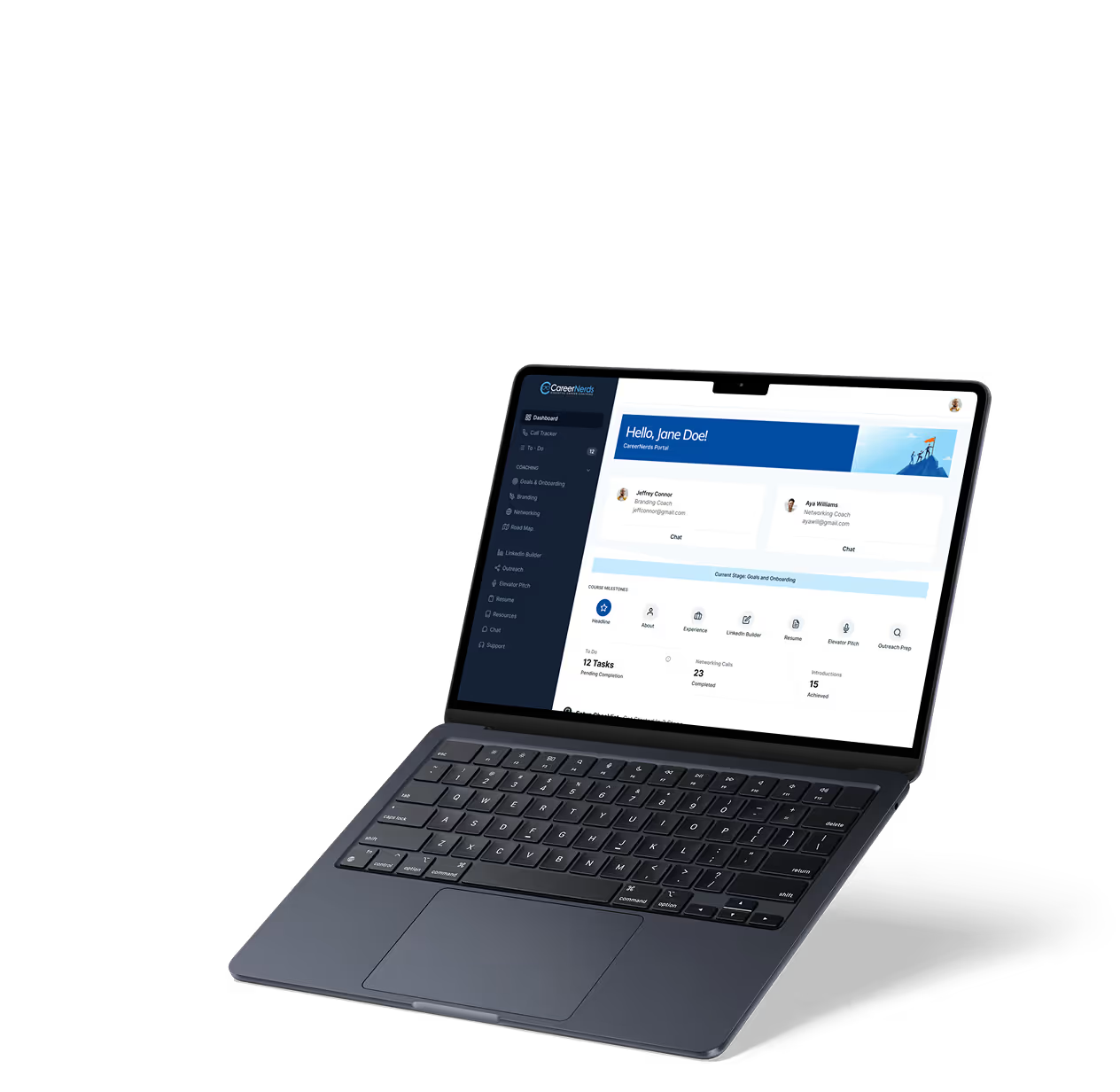Event-Based Trigger in Automation
Automation
Discover how event-based triggers power automation by starting workflows instantly when specific events occur.
Introduction to Event-Based Triggers in Automation
Have you ever wondered how apps and tools automatically respond to your actions? Event-based triggers are the secret behind this magic. They start automation workflows the moment something specific happens, like receiving an email or a new form submission.
In this article, we'll explore what event-based triggers are, how they work, and why they are essential for creating smart, efficient automation. Whether you're new to automation or looking to improve your workflows, understanding these triggers will help you save time and reduce manual tasks.
What Is an Event-Based Trigger?
An event-based trigger is a signal that tells an automation platform to start a workflow when a particular event occurs. Unlike scheduled triggers that run at set times, event-based triggers react instantly to changes or actions.
For example, when you get a new email in Gmail, a trigger can start a workflow to save the attachment to Google Drive automatically. This means you don’t have to do it manually.
- Events can be user actions: like clicking a button or submitting a form.
- System events: such as a file upload or a new database entry.
- External events: like receiving a webhook from another app.
Popular automation tools like Zapier, Make, and Integromat rely heavily on event-based triggers to connect apps and services seamlessly.
How Event-Based Triggers Work in Automation Platforms
Event-based triggers work by constantly monitoring for specific events in connected apps or services. When the event happens, the trigger activates and starts the automation workflow.
Here’s a simple breakdown of the process:
- Monitoring: The automation tool watches for the event, such as a new row in a spreadsheet.
- Detection: Once the event occurs, the trigger detects it immediately.
- Execution: The workflow begins, performing tasks like sending notifications or updating records.
For example, in Bubble, you can set up workflows that start when a user clicks a button or when data changes. Glide apps can trigger actions when users submit forms or update data.
Common Use Cases for Event-Based Triggers
Event-based triggers are versatile and can be used in many scenarios to automate repetitive tasks. Here are some popular examples:
- Customer Support: Automatically create support tickets when a customer submits a form.
- Sales Automation: Send a welcome email when a new lead is added to your CRM.
- Project Management: Notify team members when a task status changes.
- Social Media: Post updates automatically when you publish a new blog post.
- Inventory Management: Alert you when stock levels drop below a threshold.
These examples show how event-based triggers help businesses stay responsive and efficient.
Benefits of Using Event-Based Triggers
Using event-based triggers in your automation offers several advantages:
- Real-Time Response: Workflows start instantly, reducing delays.
- Efficiency: Automates repetitive tasks, freeing up your time.
- Accuracy: Minimizes human errors by automating data handling.
- Scalability: Easily handle growing volumes of events without extra effort.
- Flexibility: Customize triggers to fit your unique business needs.
For instance, Zapier’s event triggers can connect hundreds of apps, allowing you to build complex workflows that react to multiple event types.
How to Set Up Event-Based Triggers in Popular Tools
Setting up event-based triggers is straightforward in most no-code and low-code platforms. Here’s a quick guide for some popular tools:
- Zapier: Choose a trigger app and select the event that starts your Zap, like "New Email" or "New Spreadsheet Row." Then, define actions to follow.
- Make (Integromat): Add a trigger module that listens for events, such as webhook calls or new database entries, then connect it to action modules.
- Bubble: Use workflow events like "When Button is Clicked" or "When Data Changes" to start automation inside your app.
- Glide: Set actions triggered by user inputs or data updates within your app interface.
- FlutterFlow: Configure triggers based on user interactions or backend changes to run custom logic.
Each platform offers tutorials and templates to help you get started quickly.
Best Practices for Using Event-Based Triggers
To get the most out of event-based triggers, keep these tips in mind:
- Define Clear Events: Choose specific events that matter to avoid unnecessary workflow runs.
- Test Thoroughly: Always test your triggers to ensure they activate correctly and perform desired actions.
- Manage Volume: Be aware of event frequency to prevent hitting platform limits or creating overload.
- Use Filters: Add conditions to triggers so workflows only run when needed.
- Document Workflows: Keep records of your triggers and actions for easier maintenance.
Following these practices helps maintain reliable and efficient automation systems.
Conclusion: Unlocking Automation Power with Event-Based Triggers
Event-based triggers are a cornerstone of modern automation. They let you build workflows that react instantly to real-world actions, saving time and reducing errors. By understanding how these triggers work and applying best practices, you can create powerful automations tailored to your needs.
Whether you use Zapier, Make, Bubble, or Glide, mastering event-based triggers opens up endless possibilities. Start experimenting with triggers today to make your workflows smarter and your work easier.
FAQs
What is an event-based trigger in automation?
How do event-based triggers differ from scheduled triggers?
Can I use event-based triggers in no-code platforms?
What are common examples of event-based triggers?
How can I avoid too many triggers firing unnecessarily?
Why are event-based triggers important for automation?
Related Terms
See our numbers
315+
entrepreneurs and businesses trust LowCode Agency
Investing in custom business software pays off
he team at LowCode Agency didn't just build an app, they transformed how we approach client management. They took the time to understand our methodology and created a solution that enhanced rather than replaced what made us successful.
75%
reduction in time spent on client management through automation
40%
increase in coach productivity within the first month

Tom Kent
,
Founder & CEO
Career Nerds



%20(Custom).avif)